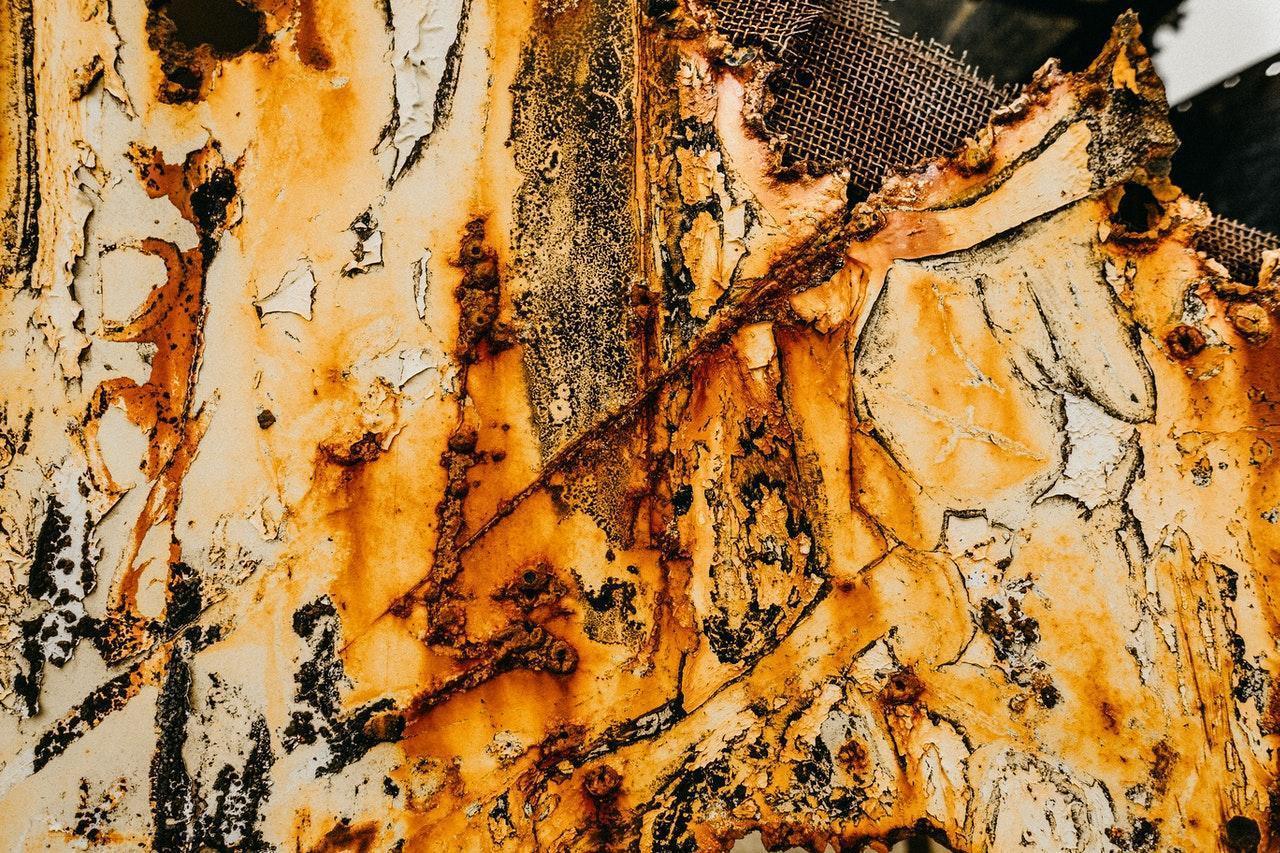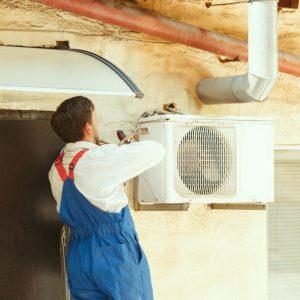Table of Contents
Water damage hurts homes and owner budgets. On average, nearly $2,000 is spent on removing, cleaning, and restoration of affected areas. In many cases, the damage results from your appliances.
Appliances that cause water damage
Here are a few examples of appliances that cause water damage.
Water heater
The water heater is the most common cause of water damage in the home. Plus, if not detected, it can affect a large area. Soon enough, you encounter issues with mold, mildew, and even flooding that need to be resolved by an expert who offers flood damage restoration in Denver or across the country.
Leaks are caused by faulty hot & cold water connections, a damaged drain vale, internal corrosion, or loose gaskets. Some of these are quickly repairable by a professional. For example, they’ll flush your water heater to remove the sediments that cause corrosion.
Minimize the risk of a leak by signing up for a maintenance program. Technicians will visit twice a year to check connections, flush the system, and replace worn parts. On top of this, they’ll recommend a replacement if your water heater reaches its end of life.
Sump pump
Sump pumps remove water from basements or crawlspaces to minimize flooding. The electrical appliance is installed in a sump pit around two feet deep. The pump pushes the water out to a French drain once it reaches a certain level in the pit.
There are a few ways for the pump to fail. If you don’t have a backup electrical source, it stops working when there’s a power failure. Additionally, the motor or other components get clogged by sediment build-up. On top of these items, the mechanism that activates the pump’s motor could fail. Flooding is imminent in any of these situations.
Air Conditioner
On its surface, an air conditioner leak isn’t as harmful as those from a water heater or sump pump. Damage could occur when the drainpipe that handles condensation leaks or the drain that moves the water outside is clogged. Serious problems happen when you have an attic air conditioner.
Water drains into the house when the drain pump fails on the top floor. In turn, it causes significant damage to walls and windows. Since it may not be noticeable, mold and mildew could grow on your home’s frame. So, you pay not only for the AC repair but also for fixes to your infrastructure by companies like Restoration Logistics.
Washing machine
The washing machine is another common culprit of water damage. Most of the time, leaks occur due to loose hot & cold hose connections. On the other hand, overloading the washing machine causes water to leak from the basket onto the floor.
Prevent the latter by maintaining wash loads per the manufacturer’s guidelines. Meanwhile, perform monthly checks on your hoses. Look for cracks, rust, or dryness. Furthermore, leave space between the washing machine and the wall, which prevents the hoses don’t kink. Finally, turn the water off when you go on a vacation because most damage occurs when people are away from their homes.
Dishwasher
Dishwashers are similar to washing machines in the ways they fail. Plumbing connections crack or wear out over time. Damage also occurs if you treat the appliance harshly. For instance, you bend and break the copper pipes under the dishwasher.
Water damage can happen due to operations as well. Adding too much detergent to a cycle causes an issue, as does a clogged drain. Check for food or other items that may have blocked the drain before starting another load.
Refrigerator
Modern refrigerators have built-in defrosters to minimize the buildup of freezer ice. As it works, the water flows into a drain. If that’s clogged, water spills to the ground and causes damage.
A defrosting mechanism isn’t the only area for potential issues. The ice maker can create excessive damage underneath the refrigerator if the water hose is loose or cracked. Serious difficulties occur if the leak is at the intersection between the hose and one of the pipes.
Final words
There are several appliances that cause water damage in your home. Minimize the risk with regular maintenance of the hoses and other water delivery mechanisms. Although you can’t prevent all failures, you can avoid paying a repair bill for the appliance and infrastructure restoration.




